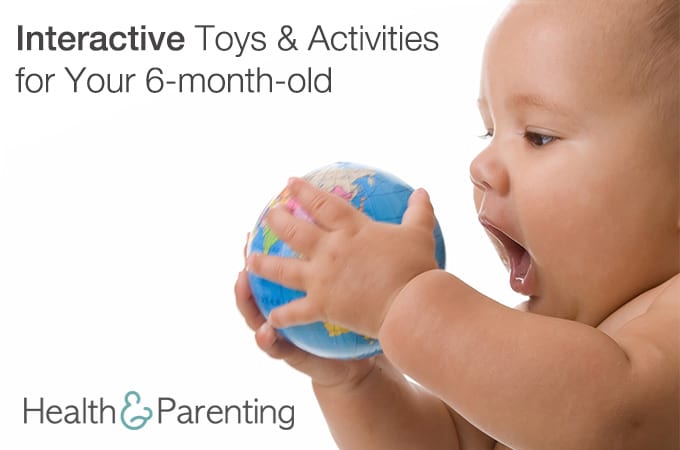Toys are often split by gender. Pink building blocks for girls and brightly colored building blocks for boys, for example. Doctors, superhero and police officer outfits for boys and an array of princess dresses for little girls. How can a toy be gendered, you may wonder, surely you can just buy whichever toy you want? Well, yes, but if that toy comes in bright pink packaging, your school-aged son is likely to say “it’s for girls.” If that toy is situated in the boys’ section of the toy store, your daughter is unlikely to notice it never mind want it.
What are the benefits of gender neutral toys?
The difference between boys and girls lurks in their diapers. And that’s it. Your daughter can climb, solve and build just as well as any of the boys she knows. And your son can care for dollies, dance and show empathy as well as any of the girls. If you stick to traditional boy/girl toys, you’re limiting the resources and learning opportunities your child has access to. Don’t let toy store marketers tell you what your child can play with or who they can dream of becoming (doctor or princess, depending on gender).
5 fun gender neutral toys
If you’d love to avoid gender stereotyping, think carefully about the toys you have in your home. This will become more important as your child grows older, but even baby toys are often categorized according to gender. Here are five fun gender neutral toys for your child:
- Building blocks
Contrary to what toy marketers may try to tell you, building blocks are great toys for all babies. And, brace yourself because this may come as a surprise, the blocks don’t need to be pink for your daughter to play with. Your baby will have hours of fun stacking bricks and watching them tumble over.
- Toys with wheels
Yep, that’s right, girls are allowed to like things with wheels too. Revolutionary, isn’t it? A wheeled toy can encourage your baby to become mobile. There are plenty of options for wheeled toys for babies from hand held cards to wheeled bunnies on sticks that can be pushed along.
- Musical toys
All babies love music and especially when they’re the ones in control of the beat. There are lots of different options of gender neutral instrument toys for babies from shakers to drums and beyond.
- Dolls
This one is pretty controversial, but little boys can play with dolls too. After all, they might grow up to be fathers one day. Wouldn’t it be great if they were raised understanding how to love and take care of babies? Your baby will enjoy tucking the doll under a blanket, giving kisses and even pushing the baby around in a pram. And guess what? You don’t have to be a girl to enjoy all those things.
- Balls
Balls are great for developing coordination, encourage mobility and getting your baby moving. Your baby will enjoy rolling the ball along the floor, throwing it and chasing after it. Why should girls miss out on all these great opportunities for skills development?
What are your baby’s favorite gender neutral toys?
Written by Fiona (@Fiona_Peacock), mother, writer and lover of all things baby related.
This information is not intended to replace the advice of a trained medical doctor. Health & Parenting Ltd disclaims any liability for the decisions you make based on this information, which is provided to you on a general information basis only and not as a substitute for personalized medical advice. All contents copyright © Health & Parenting Ltd 2016. All rights reserved.













